The Pulitzer Mansion, 11 East 73rd Street: Review and Ratings
between Fifth Avenue & Madison Avenue View Full Building Profile
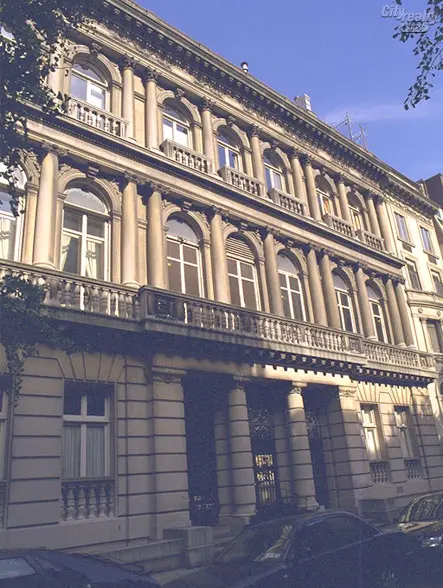

Most great mansions in the city have long since been converted for use as schools, or clubs, or diplomatic missions, or museums.
This is one of the few exceptions that remains in residential use.
The former residence of Joseph Pulitzer, the famous publisher first of The St. Louis Post-Dispatch and then The New York World, this very impressive large townhouse was converted to a 17-unit rental apartment building in 1937 and then to a cooperative in 1952.
Pulitzer, who was instrumental in raising monies for the base of the Statue of Liberty and whose newspaper empire led to the founding of the School of Journalism at Columbia University and the Pulitzer Fountain in front of the Plaza Hotel on Fifth Avenue, had previously lived in a 33-foot-wide mansion originally build for Charles Tracy Barney at 10 East 55th Street. That mansion had been designed by McKim, Mead & White and burned in 1900, leading Pulitzer to commission architect Stanford White to design a new mansion for him on a 98-foot-wide plot he purchased at 11 East 73rd Street.
White's design was based in large part on the Palazzo Pesaro and the Palazzo Rezzonico in Venice, both designed in the 17th Century by Baldassare Longhena. The limestone-clad, 4-story structure has a rusticated base with a step-up entrance with a pair of rusticated columns that leads to a step-up lobby that opens onto a very large and impressive entrance hall with a quite grand staircase.
The large second and third floors are colonnaded and have large arched windows. The top three floors have balustraded balconies. Those on the second floor are not continuous. There is relatively little façade decoration apart from a large bandcourse beneath the third floor balconies.
In his excellent book, "Luxury Apartment Houses of Manhattan" (Dover Publications, Inc., 1992), Andrew Alpern noted that Pulitzer's eyesight had greatly deteriorated by the time he had commissioned the design and that White had prepared plaster models for him to handle.
"While the design of the outside of the house had been developed in a way that took Pulitzer's blindness into account, the interior made no such concessions. Completed in 1903, it was the sort of lavishly grand pastiche of period styles that had made Stanford White the architect and interior designer most sought out by the socially secure and the arrivistes alike. It was a visual feast that Pulitzer could hear described to him but could not enjoy himself."
Pulitzer died after living in the mansion for only eight years. The family moved out, but could not find a buyer and kept it vacant for a few years.
In 1930, his sons leased it to some investors who planned to replace it with a new apartment building but the Depression made them abandon those plans and in 1934 the house was leased it for 20 years to Henry Mandel, a leading residential real estate developer who hired James E. Casale to design a conversion of the building into apartments that would retain the façade and many of the lavish interiors.
Some duplex units were created as was a street-entrance into the garden at the west end of the building that led to Pulitzer's bedroom and study.
Alpern wrote that the major loss of this plan was the salon, which measured 24 by 48 feet with a 19-foot ceiling, and that the former squash court and basement swimming pool were converted into apartments. Mandel, however, did not proceed with Casale's plans and returned the property to Pulitzer's sons who did.
Three years later, Alpern continued, "the completed venture was sold to the Astor family estate as an investment property." The estate's trustees sold the building in 1952 to a company that planned to replace it with a 13-story apartment building but that plan was also abandoned the building was converted to a cooperative.
Sadly, this brilliant conversion was not widely imitated and the city has lost a great many of its finest mansions, many of which could have been similarly converted.
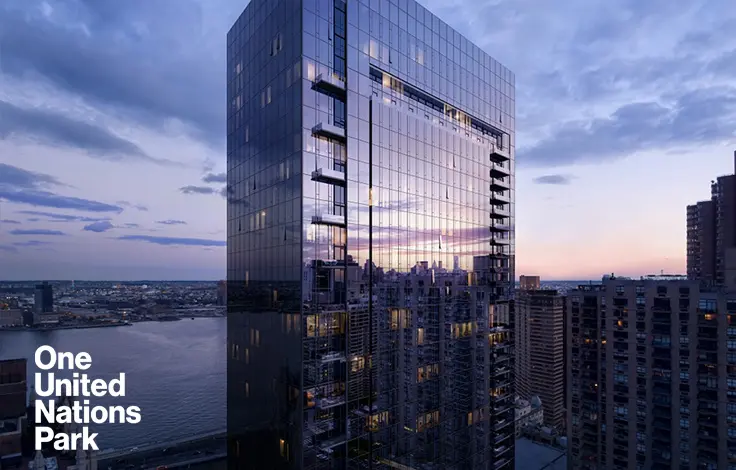
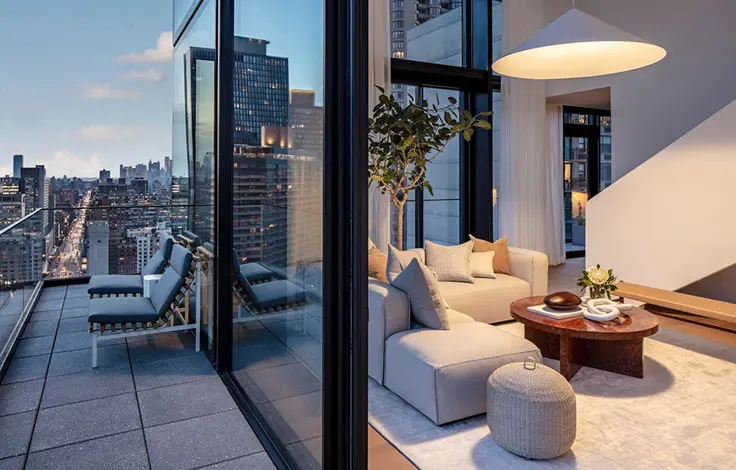
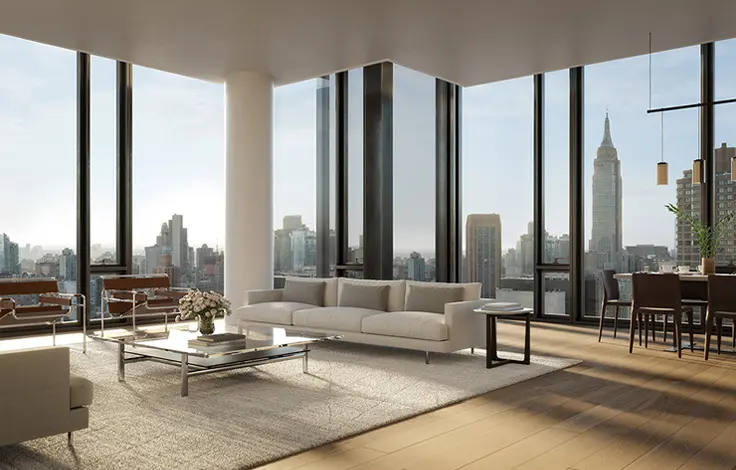

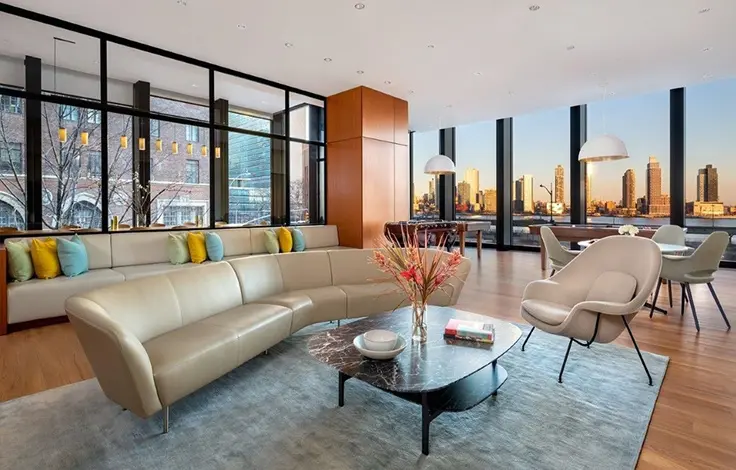
 6sqft delivers the latest on real estate, architecture, and design, straight from New York City.
6sqft delivers the latest on real estate, architecture, and design, straight from New York City.
